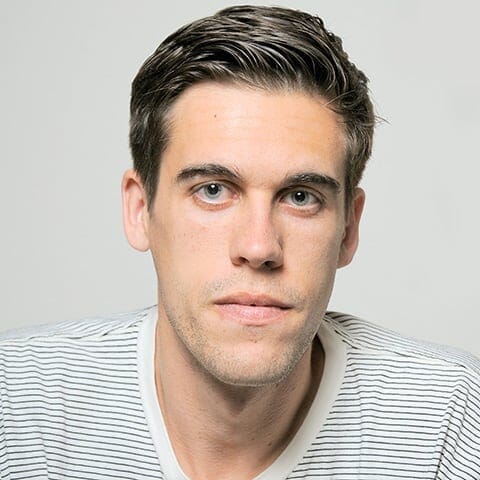 author
authorCharles T. Tart
Charles T. Tart (born 1937) is an American psychologist and parapsychologist known for his psychological work on the nature of consciousness (particularly altered states of consciousness), as one of the founders of the field of transpersonal psychology, and for his research in parapsychology. Charles Tart was born on April 29, 1937, in Morrisville, Pennsylvania, and grew up in Trenton, New Jersey. He was active in amateur radio and worked as a radio engineer (with a First Class Radiotelephone License from the Federal Communications Commission) while a teenager.
As an undergraduate, Tart first studied electrical engineering at the Massachusetts Institute of Technology before transferring to Duke University to study psychology under J. B. Rhine. He received his PhD in psychology from the University of North Carolina at Chapel Hill in 1963, and then completed postdoctoral research in hypnosis under Ernest R. Hilgard at Stanford University. He was a professor of psychology at University of California, Davis for 28 years.
His first books, Altered States of Consciousness (editor, 1969) and Transpersonal Psychologies (1975), became widely used texts that were instrumental in allowing these areas to become part of modern psychology. As of 2005, he was a core faculty member at the Institute of Transpersonal Psychology (Palo Alto, California), a senior research fellow of the Institute of Noetic Sciences (Sausalito, California), a professor emeritus of psychology at the UC Davis, and emeritus member of the Monroe Institute board of advisors.
Tart was the holder of the Bigelow Chair of Consciousness Studies at the University of Nevada in Las Vegas and has served as a visiting professor in East-West Psychology at the California Institute of Integral Studies, as an instructor in psychiatry at the School of Medicine of the University of Virginia, and a consultant on government funded parapsychological research at the Stanford Research Institute (now known as SRI International).
Tart was also integral in the theorizing and construction of the automatic ESP testing device called the ESPATESTER machine that was built at the University of Virginia. He supported Joseph McMoneagle's claim of having remote viewed into the past, present, and future, and having predicted future events. As well as a laboratory researcher, Tart has been a student of the Japanese martial art of Aikido (in which he holds a black belt), of meditation, of Gurdjieff's work, of Buddhism, and of other psychological and spiritual growth disciplines.
Tart believes that the evidence of the paranormal is bringing science and spirit together. His primary goal is to build bridges between the scientific and spiritual communities, and to help bring about a refinement and integration of Western and Eastern approaches for knowing the world and for personal and social growth. In his 1986 book Waking Up, he introduced the phrase "consensus trance" to the lexicon.
Tart likened normal waking consciousness to hypnotic trance. He discussed how each of us is from birth inducted to the trance of the society around us. Tart noted both similarities and differences between hypnotic trance induction and consensus trance induction. He emphasized the enormous and pervasive power of parents, teachers, religious leaders, political figures, and others to compel induction. Referring to the work of Gurdjieff and others he outlines a path to awakening based upon self-observation.
In 1968, Tart conducted an Out-of-body experience (OBE) experiment with a subject known as Miss Z for four nights in his sleep laboratory. Miss Z was attached to an EEG machine and a five-digit code was placed on a shelf above her bed. She did not claim to see the number on the first three nights but on the fourth gave the number correctly.
During the experiment Tart monitored the equipment in the next room, behind an observation window, however, he admitted he had occasionally dozed during the night. The psychologists Leonard Zusne and Warren Jones have written that the possibility of the subject having obtained the number through ordinary sensory means was not ruled out during the experiment. For example, when light fell on the code it was reflected from the surface of a clock located on the wall above the shelf.
The subject was not constantly observed and it was also suggested she may have read the number when she was being attached to the EEG machine. According to the magician Milbourne Christopher: "If she had held a mirror with a handle in her right hand, by tilting the mirror and looking up she could have seen a reflection of the paper on the shelf... The woman had not been searched prior to the experiment, nor had an observer been in the sleep chamber with her — precautions that should have been taken."
The psychologist James Alcock criticized the experiment for inadequate controls and questioned why the subject was not visually monitored by a video camera. Martin Gardner has written the experiment was not evidence for an OBE and suggested that whilst Tart was "snoring behind the window, Miss Z simply stood up in bed, without detaching the electrodes, and peeked." Susan Blackmore wrote: "If Miss Z had tried to climb up, the brain-wave record would have showed a pattern of interference. And that was exactly what it did show."
The experiment was not repeated at the laboratory, Tart wrote this was because Miss Z moved from the area where the laboratory was located.
Best author’s book



Written books
1



















